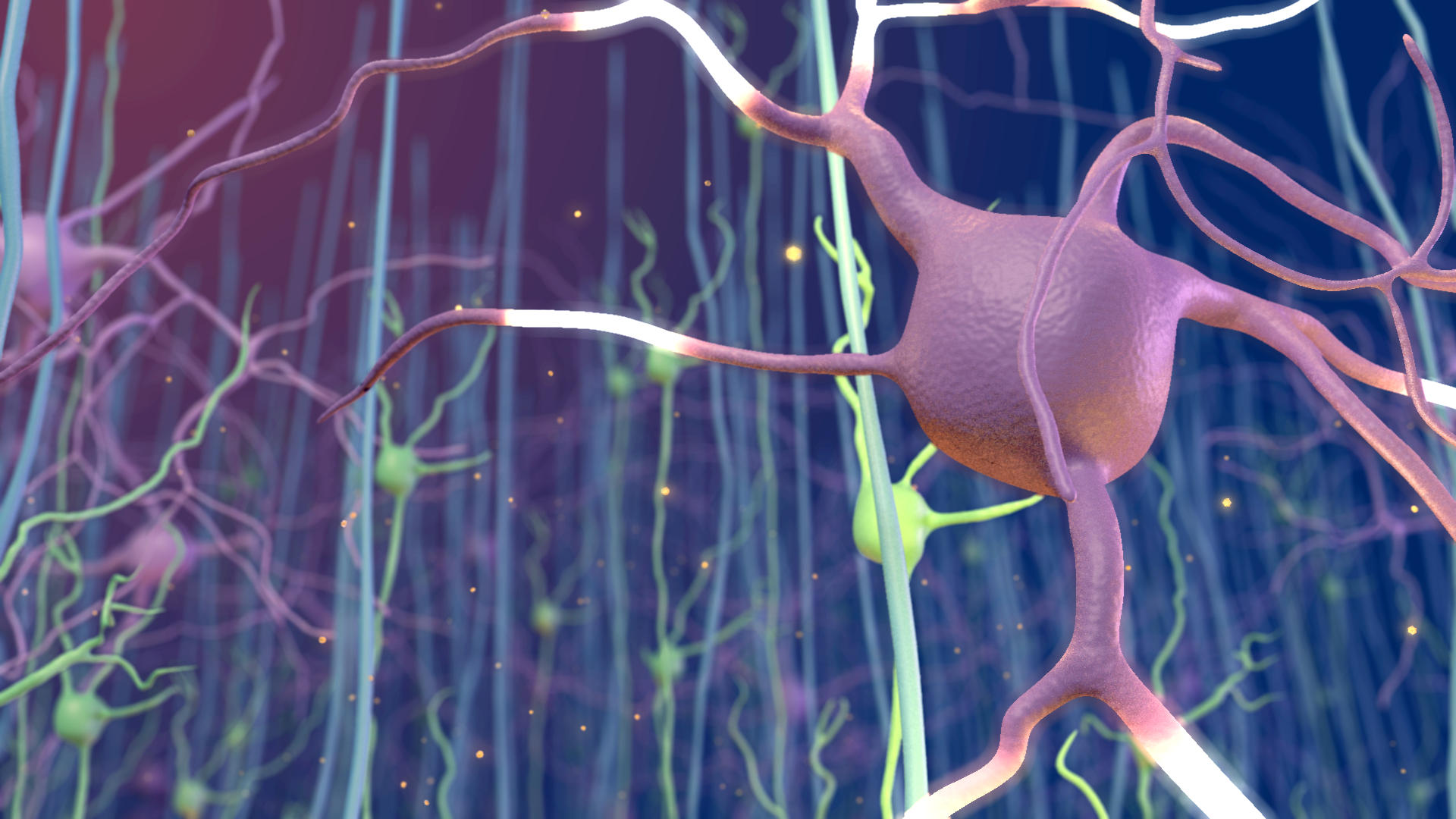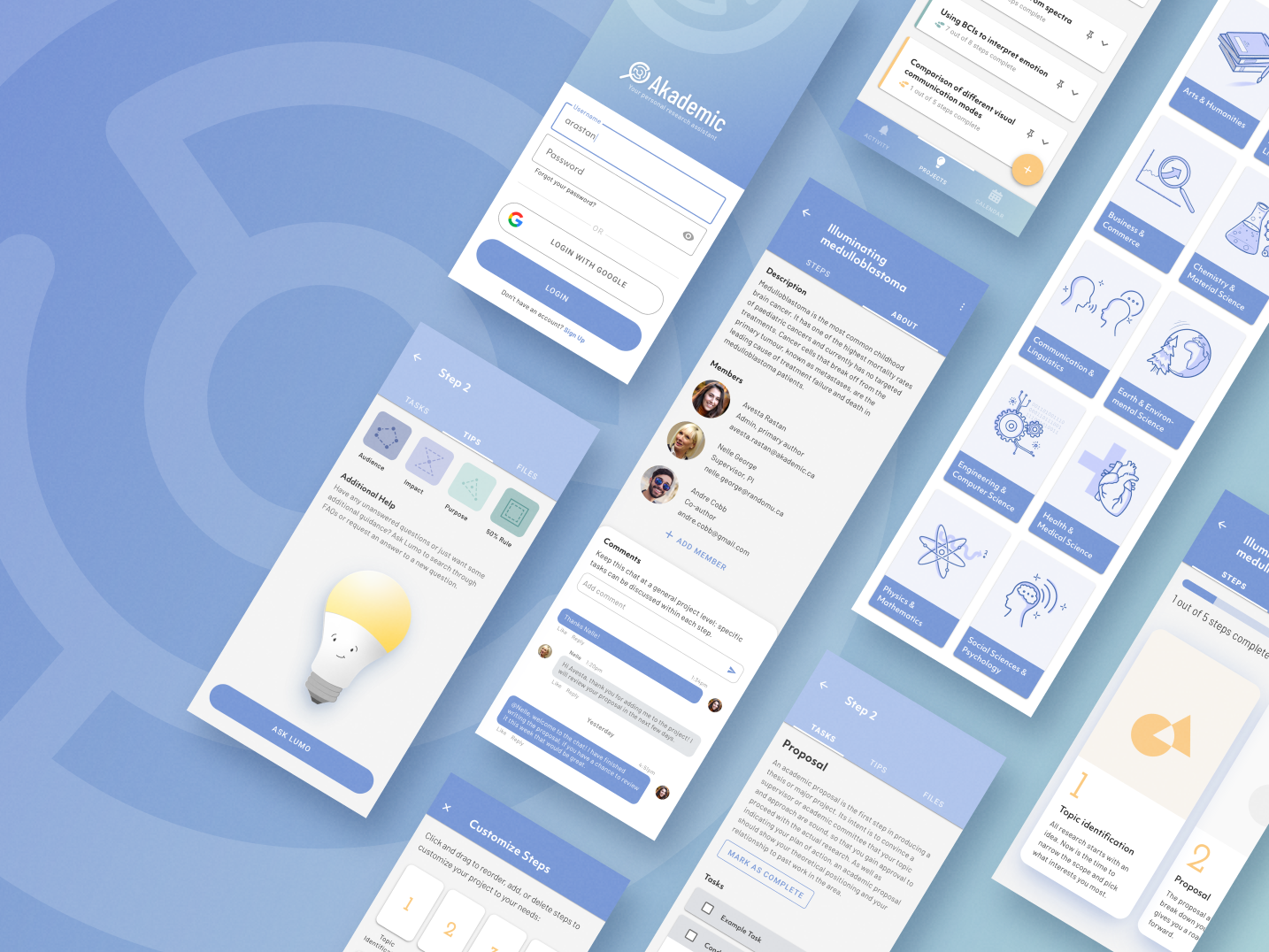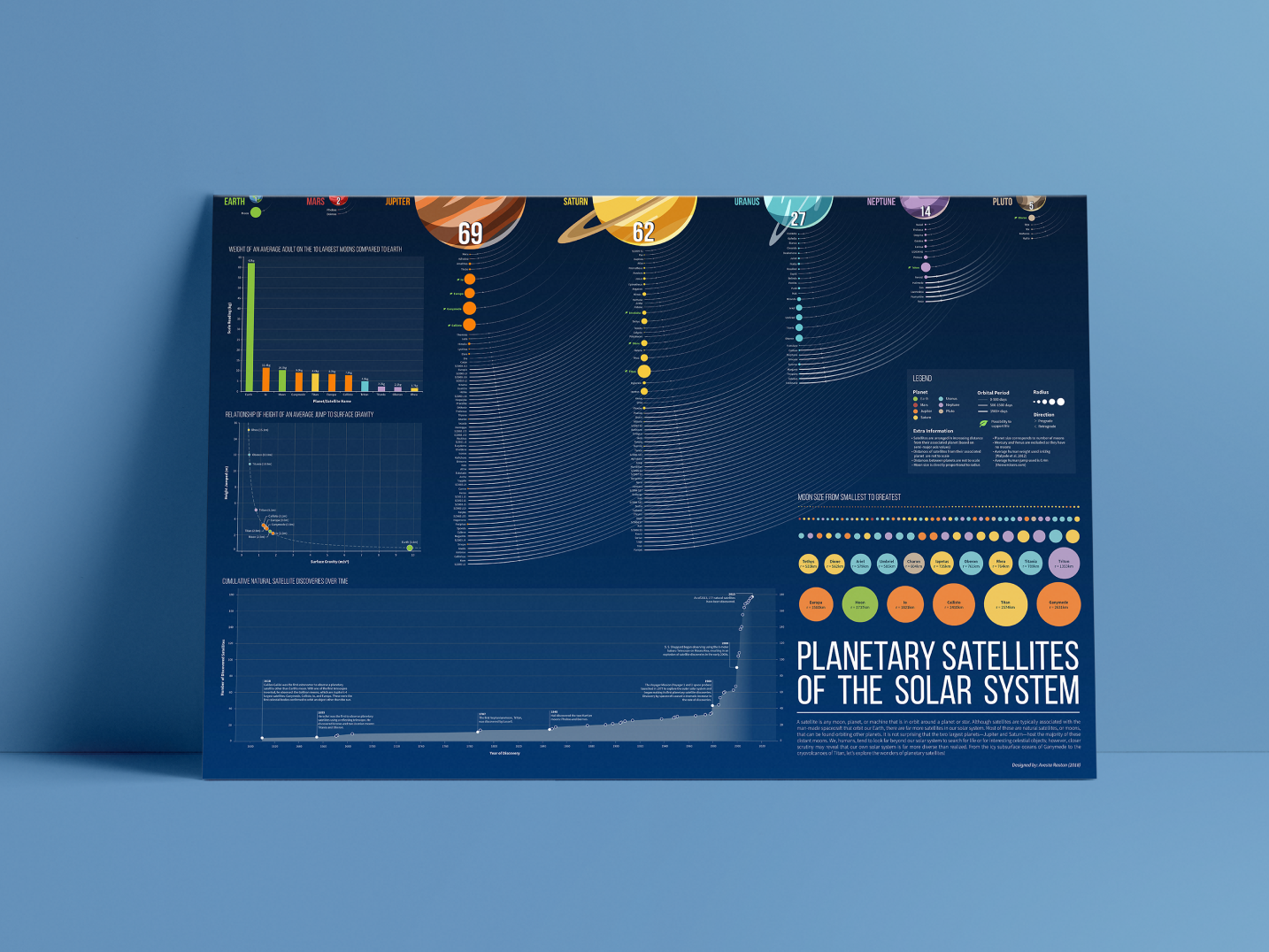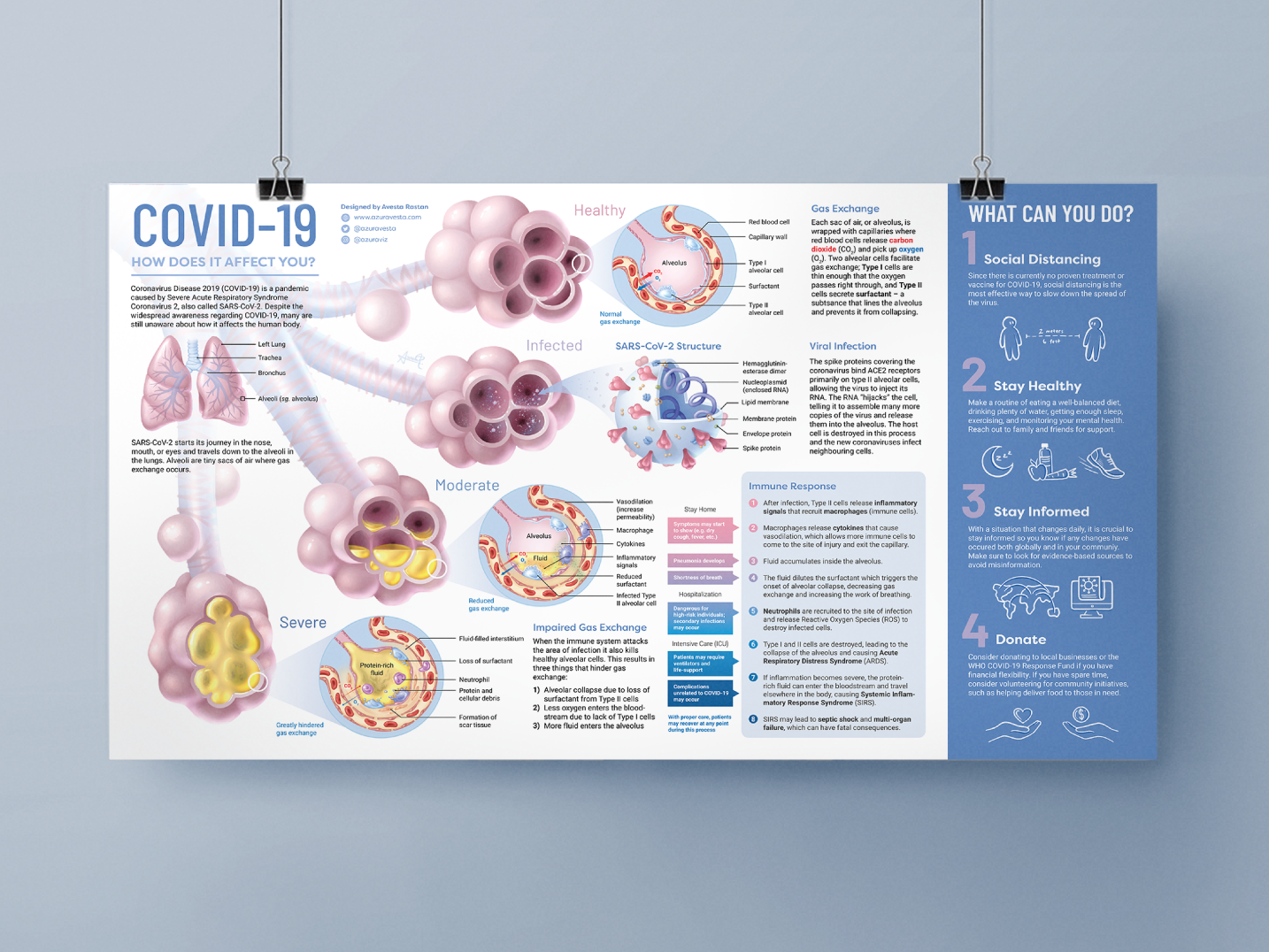Client
RoleS
Research, Storyboarding, 3D Modelling, Animation,
Sound Recording, Direction, Compositing
Sound Recording, Direction, Compositing
Year
2019
Description
Medulloblastoma is the most common childhood brain cancer. It has one of the highest mortality rates of paediatric cancers and currently has no targeted treatments. Cancer cells that break off from the primary tumour, known as metastases, are the leading cause of treatment failure and death in medulloblastoma patients.
For over a century, scientists assumed that medulloblastoma metastases travel exclusively in cerebrospinal fluid; however, novel research published by the Taylor Lab (neurosurgery) at SickKids Hospital in Toronto may revolutionize our understanding of this disease and offers promising leads for the development of new therapies. The final animation was my Master's Thesis for the MScBMC program at the University of Toronto.
Awards: Award of Merit - AMI 2020
Background & Pre-Production
The Story
For over a century, scientists believed medulloblastoma only spread through cerebrospinal fluid. New research reveals that medulloblastoma can spread through blood as well!
The Significance
Understanding that metastases can travel in a previously unknown way is critical for the development of therapies, disease management, and prognosis.
The Problem
Despite its significance, scientists are largely unaware of this new mechanism. Additionally, there is currently a lack of treatments that target metastases.
The Solution
Research has show that 3D animation can be an effective way to disseminate research findings to the community and increase interest in scientific topics. The proposed solution — a 3D animation — will be used to visualize novel research on the circulatory route of medulloblastoma metastasis in order to achieve the following goals:
• Disseminate this research to the scientific community
• Generate interest to fuel further research
• Educate a lay audience (e.g. families of patients)
01
Proposal
Before diving in to the project, I had to understand why animation is an effective medium to carry out my goals, what best practices are used for animation, and how to measure the project's success.
02
Script
The script establishes the story, tone, and use of analogy and metaphor. It is crucial to refine the script as much as possible in order to reduce any possible big changes down the road.
03
Storyboard
Now is where the fun begins! At this point, the script is organized into scenes and image sequences are developed in order to establish the visuals to accompany the story.
04
Animatic
After the scratch narration is recorded, images from the storyboard are sequentially ordered and roughly animated to determine the pacing and basic motion that will bring the story to life.
Research Objectives
Objective 1: Educate
In order to educate the audience, the information presented in the animation will be broken up into three main parts: 1) background information, 2) metastatic pathways, 3) future implications.
Objective 2: Improve Learning
Several visual design strategies can allow for an optimal viewing experience: 1) Narration: listening and seeing simultaneously increases memory retention, 2) Visuospatial contiguity: coordinating visual and verbal media, 3) Attention-cueing: direct the viewers’ attention using salience, 4) Analogies and metaphor: help communicate complex topics, 5) Representation type: schematic vs. realistic rendering style.
Objective 3: Evoke Emotion
Although it can be challenging to generate interest, animation and digital storytelling can engage and motivate students and teachers. Storytelling in animation is established by a variety of cinematic techniques. Additionally, music has been shown to enhance concentration, stamina, and motivation. It does this by evoking a wide range of emotions.
3D Modelling
To generate the 3D models of neurons, real morphology data was taken from neuromorpho.org and brought into Zbrush for editing using the NeuronBuild script developed by Nick Woolridge. They were then imported into Maya for animating. The brain model was adapted from real MRI data. I researched the structure of the cerebellum thoroughly to make sure the neuron scene was as accurate as possible.
Process
Storyboard → Modelling → Animation → Composite











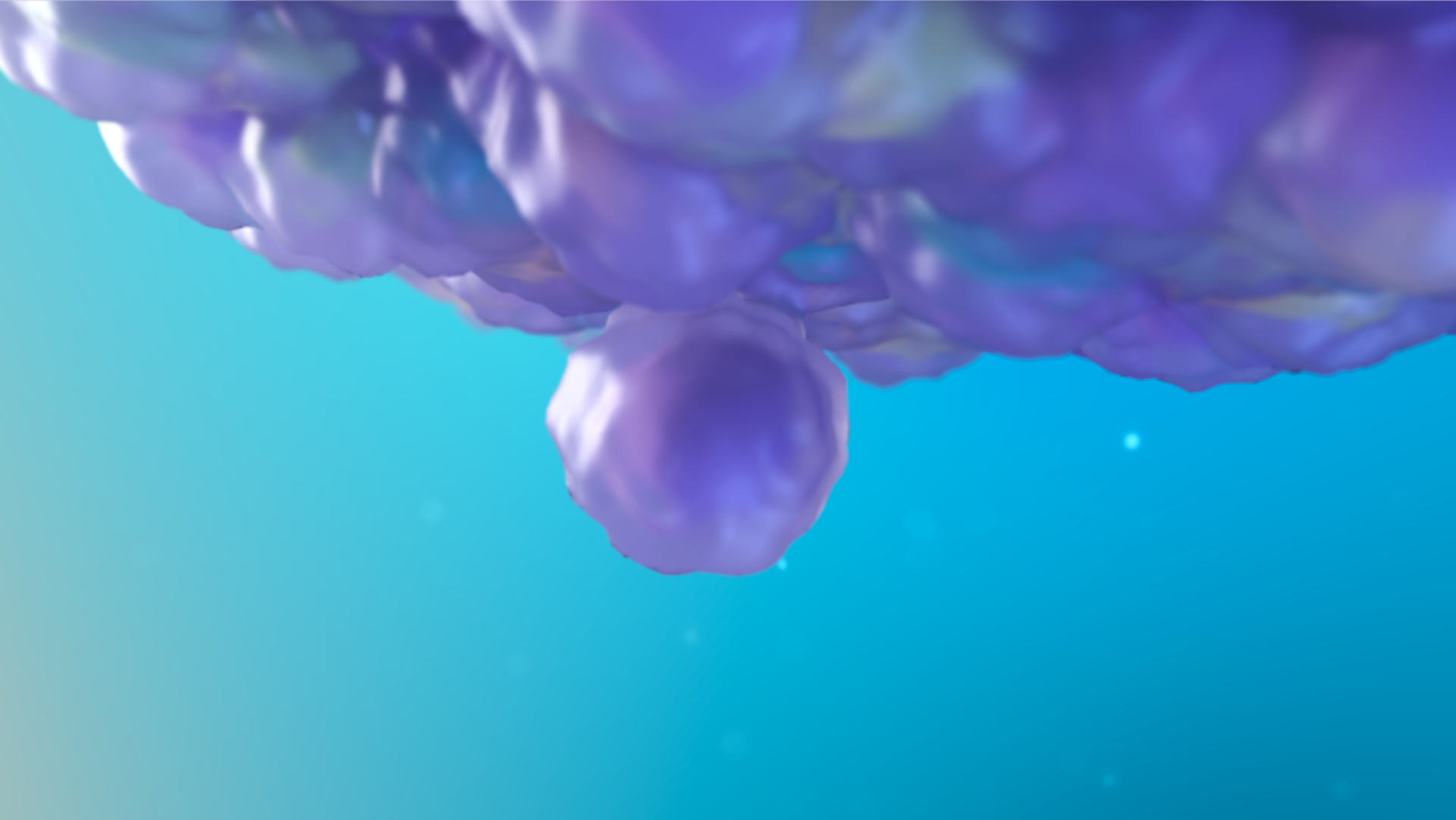






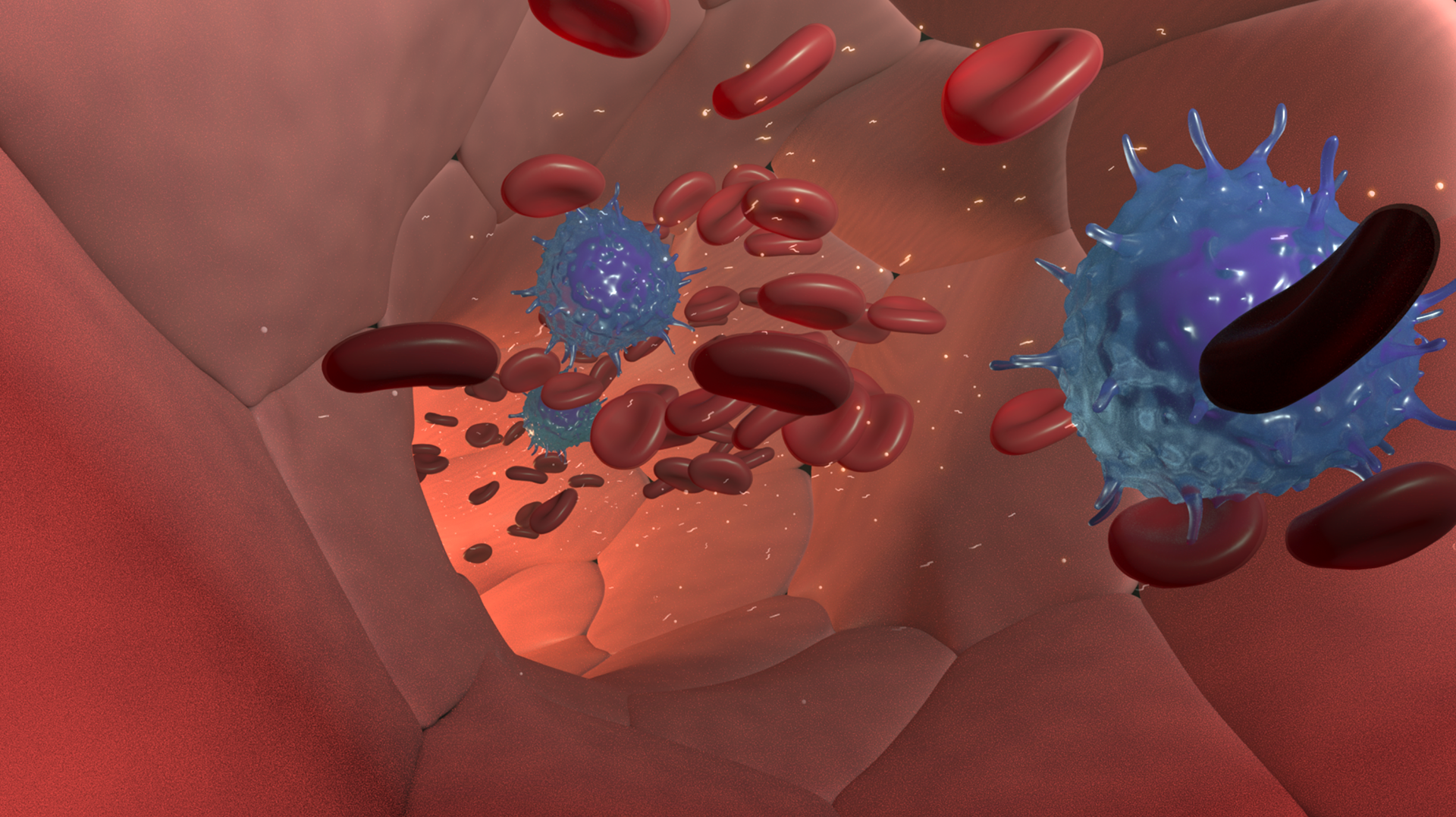





Final Production




